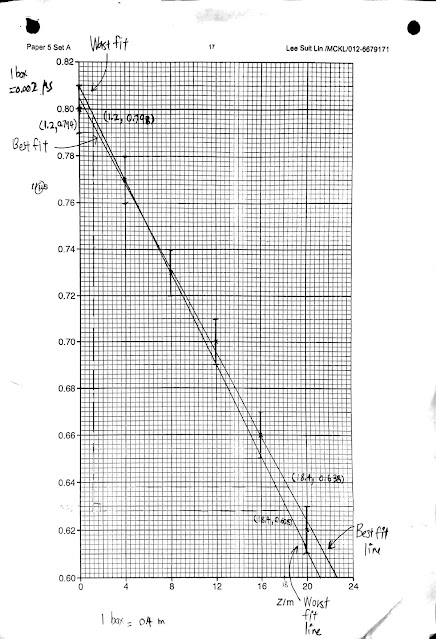9702/52/O/N/17: A student is investigating stationary waves on a stretched elastic cord. A vibrator attached to the cord is connected to a signal generator. The apparatus is set up as shown in Fig. 2.1.
The mass M attached to the cord is adjusted until resonance is obtained. The number n of antinodes on the stationary wave is recorded. The experiment is repeated with different masses to obtain different values of n. It is suggested that M and n are related by the equation
\(f = \dfrac{n}{2L} \sqrt{\dfrac{Mg}{\mu}} \)
where f is the frequency of the vibrator, g is the acceleration of free fall, L is the length of the elastic cord and n is the mass per unit length of the elastic cord.


















